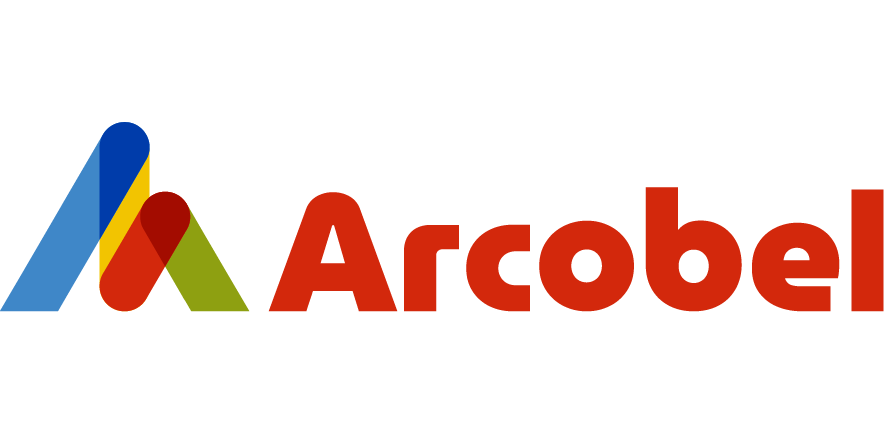-
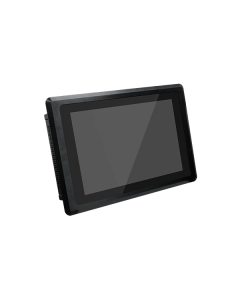 KS101P-EHLW36-X13: x6413E, 10.1" Fanless PPC, PCap, 9-36VDC
KS101P-EHLW36-X13: x6413E, 10.1" Fanless PPC, PCap, 9-36VDC- Processor: Intel Atom
- Max memory: 32GB
- Storage temperature: -30/+80°C
SKU: 750-KS1012-000G
Price on request -
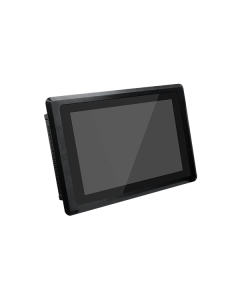 KS101P-EHLW36-X25: x6425E, 10.1" Fanless PPC, PCap, 9-36VDC
KS101P-EHLW36-X25: x6425E, 10.1" Fanless PPC, PCap, 9-36VDC- Processor: Intel Atom
- Max memory: 32GB
- Storage temperature: -30/+80°C
SKU: 750-KS1012-100G
Price on request -
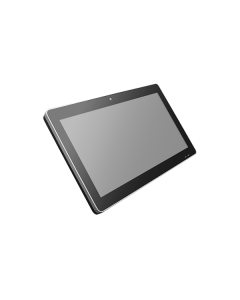 KS156P-EHLW36: x6425E, 15.6" Fanless PPC, Pcap, 9-36VDC
KS156P-EHLW36: x6425E, 15.6" Fanless PPC, Pcap, 9-36VDC- Processor: Intel Atom
- Max memory: 32GB
- Storage temperature: -30/+80°C
SKU: 750-KS156P0-100G
Price on request -
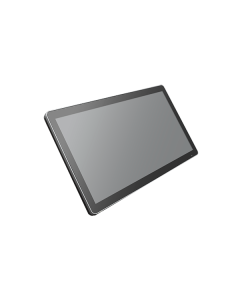 KS215P-EHLW36: x6425E, 21.5" Fanless PPC Pcap, 9-36VDC
KS215P-EHLW36: x6425E, 21.5" Fanless PPC Pcap, 9-36VDC- Processor: Intel Atom
- Max memory: 32GB
- Storage temperature: -30+80°C
SKU: 750-KS215P0-100G
Price on request -
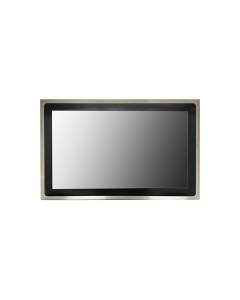 KSX215P-EHLW36-13: J6413, 21.5" Fanless PPC Pcap, 9-36VDC
KSX215P-EHLW36-13: J6413, 21.5" Fanless PPC Pcap, 9-36VDC- Processor: Celeron
- Max memory: 4GB
- Storage temperature: -30°C/+70°C
SKU: 790-KSX215-000G
Price on request -
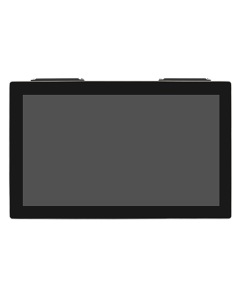 21,5" FHD PCAP i3-1115G4E 2 x DDR4 M.2 NVME 9-36VDC w. adap.
21,5" FHD PCAP i3-1115G4E 2 x DDR4 M.2 NVME 9-36VDC w. adap.- Processor: Intel Core
- Storage temperature: -30°C/70°C
SKU: PHANTAM-921CP
Price on request -
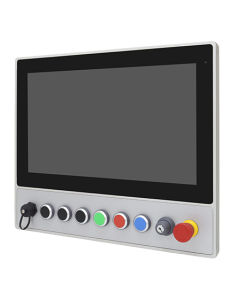 15.6" Full IP65 PPC i3-1115G4E PCAP Button Panel Swing Arm
15.6" Full IP65 PPC i3-1115G4E PCAP Button Panel Swing Arm- Processor: Intel Core
- Max memory: 64GB
- Storage temperature: -30°C/+70°C
SKU: ABOS-916CP
Price on request -
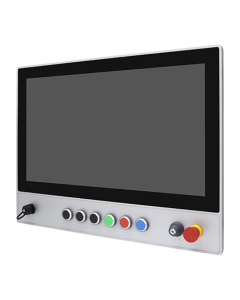 21.5" Full IP65 PPC i3-1115G4E PCAP Button Panel Swing Arm
21.5" Full IP65 PPC i3-1115G4E PCAP Button Panel Swing Arm- Processor: Intel Core
- Max memory: 64GB
- Storage temperature: -30°C/+70°C
SKU: ABOS-921CP
Price on request -
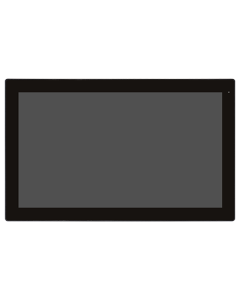 21.5" FHD fanless HMI with i3-1115G4E
21.5" FHD fanless HMI with i3-1115G4E- Processor: Intel Core
- Max memory: 64GB
- Storage temperature: -30°C/+70°C
SKU: AUHMI-921CP
Price on request -
 10.1" WXGA PCAP HMI i3-1115G4E 2xDDR4 M.2 SATA3 PCIe SSD
10.1" WXGA PCAP HMI i3-1115G4E 2xDDR4 M.2 SATA3 PCIe SSD- Processor: Intel Core
- Max memory: 64GB
- Storage temperature: -30°C/+70°C
SKU: AUHMI-910CP
Price on request -
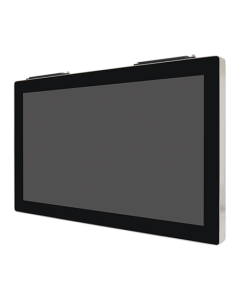 21.5" FHD RVS PCAP IP66/IP69K J6412 1xDDR4 M.2 128GB
21.5" FHD RVS PCAP IP66/IP69K J6412 1xDDR4 M.2 128GB- Processor: Celeron
- Max memory: 32GB
- Storage temperature: -30°C/+70°C
SKU: PHANTAM-821BP
Price on request -
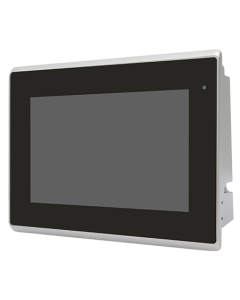 7" WVGA fanless HMI J6412 PCAP 1xDDR4 Slot 9V~36V DC
7" WVGA fanless HMI J6412 PCAP 1xDDR4 Slot 9V~36V DC- Processor: Celeron
- Max memory: 32GB
- Storage temperature: -30°C/+70°C
SKU: ARCHMI-S-807BP
Price on request
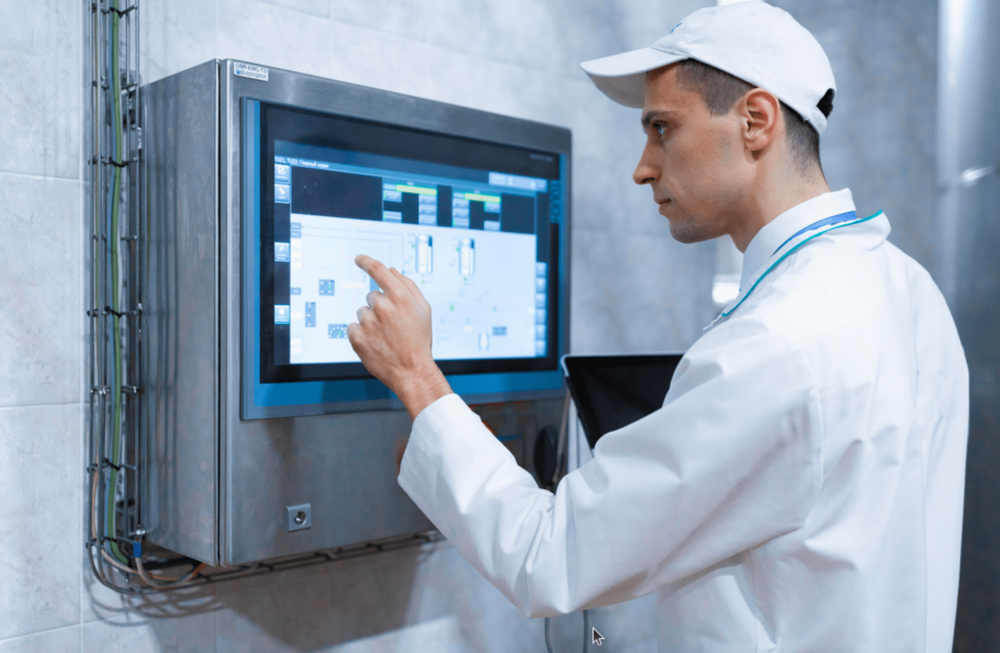
Panel PC systems are also known as all-in-one computers. They are industrial computers with a screen and touchscreen in one housing. This makes these industrial PCs compact and easy to integrate on production lines, in control cabinets or attached to a wall.
These embedded systems are well executed and resistant to malfunctions. Industrial panel PCs are often equipped with a touchscreen or Multi Touch screen, which makes operation very easy. The design makes industrial panel PCs versatile and extremely effective in a wide range of industrial applications.
Industrial environments have specific requirements that equipment must meet. Think for example of humidity, vibrations & shocks, temperature fluctuations or dust. For example, an industrial bakery can contain a lot of dust and residue from raw materials. A fully IP65/66 industrial fanless panel PC in these circumstances is a must. Dust and dirt have no chance to adhere to the internal industrial embedded hardware components. A fanless industrial panel PC can also be a great advantage in environments where dust and dirt play a less important role.
Panel PCs are often made in 2 different types of housings. Panel PCs are completely closed or have an open frame housing for mounting in a cabinet or door. If a panel PC is to be incorporated in a wall, a detachable front bezel is a must.
Our panel PC solutions are based on industrial hardware components with an embedded roadmap. This ensures that an identical panel PC configuration can be delivered for years.
Depending on the application type, a choice is made based on the screen type and screen size: whether or not a touchscreen, resistive touch or capacitive touch, a 17-inch panel PC or a 15-inch panel PC. In which environment is the panel PC placed? These are all issues we can advise you on. Below you will find a selection of our product range. Feel free to contact us for all possibilities. We are happy to advise you.
Resistive touch screens are made up of two layers. When the outer screen is pressed, these 2 layers come into contact with each other. This creates a contact moment and has the same effect as a mouse click. Because the system works on pressure, a touch can also be registered by a stylus or a thick glove. The disadvantages of resistive touch screens are the inability to support multi-touch gestures, the poor visibility in direct sunlight and the less durability. The top layer on a resistive touch screen is made of a soft, flexible material that is much easier to damage than glass.
Capacitive touch screens are built to sense the lightest touches of fingers. As such, capacitive touch screens respond very quickly because they do not require pressure to register a touch. Even the slightest touch activates a capacitive touch screen. Capacitive touch screens can also register multi-touch gestures. Capacitive touch screens have a glass front panel, making them very durable, easy to clean and resistant to scratches. The disadvantages of capactive touch screens have to do with accuracy. Most capacitive touch screens do not respond to objects other than human fingers, so they do not work with a stylus or a thick glove.
The mechanical robustness of the touchscreen is also increased. This is because condensation moisture cannot form and dust or dirt particles cannot penetrate. By filling the insulating air gap, heat is dissipated through the front panel. With Optical Bonding, the reflection on the screen can be further reduced. It also ensures an easy-to-read screen in a very humid environment or in an environment where the temperature is very low, such as in an industrial environment where fish is processed.
The material of the housing is therefore very important when selecting a Panel PC. After all, chemicals, food and liquids can seriously damage the housing, resulting in possible corrosion. Stainless steel (RVS) is resistant to these environmental influences and is therefore very suitable as a housing material.
IP stands for Ingress Protection. It indicates the degree to which the construction of electronic equipment is resistant to dust and moisture. The IP designation is internationally standardized in the standard IEC 60529. An IP designation consists of two digits: the first digit indicates the degree of protection against the penetration of objects or dust, while the second digit indicates the degree of protection against moisture. Contemporary panel PCs are available with an IP rating of IP65 or IP66/69K.
We also supply Panel PCs, which are suitable for high performance embedded applications. These panel PCs are equipped with an Intel Core processor. These panel PCs are ideal for heavier applications.
You will also find various low-power ARM solutions in our range. The processors of these fanless systems generally consume less than 5W. This is significantly less than the consumption of an Intel Atom or Intel Celeron processor. These processors generally consume between 6W and 30W. However, the speed of ARM CPUs is a lot slower. Such panel PCs are, for example, ideal for digital signace, HMI or IoT applications.
Different coding styles are applied in M12 connectors. This coding prevents incorrect pairing when the panel PC is connected to another device. Panel PCs with X-coded connectors are increasingly popular for high-speed industrial Ethernet applications. Possibly A and D coded M12 connectors are less and less common on panel PCs. In addition, most coded M12 connectors are provided with a protection. For example, X-coded connectors are specifically protected by the design of their coding.
With the advent of high speed data transfer, a serial interface is a suitable choice for long distance communication. These interfaces can convert serial-to-parallel and parallel-to-serial, or in some cases provide a basic data protocol.
RS-232 is a serial interface that connects Data Terminal Equipment (DTE) with Data Communication Equipment (DTE). This serial interface can also be used to connect panel PCs to video terminals, computers and modems.
RS-422 and RS-485, like RS-232, are serial interfaces. However, these interfaces can transmit data at a higher speed over a longer distance. Several devices can communicate with each other through this bus structure. These interfaces are also less susceptible to interference due to the use of differential voltages.
A panel PC equipped with RS232 / 422/485 communication, can communicate with legacy as well as contemporary industrial equipment. In our range you will find various panel PCs that are equipped with serial communication.
USB
USB stands for universal serial bus. It has become the standard port for most devices or sensors used in today's industry. Due to an increase in more bandwidth, signals from IoT sensors such as vision cameras and fingerprint readers cannot be read with the older serial port. These types of devices require a bandwidth that is much higher than 115.2 b/sec.
These embedded systems are well executed and resistant to malfunctions. Industrial panel PCs are often equipped with a touchscreen or Multi Touch screen, which makes operation very easy. The design makes industrial panel PCs versatile and extremely effective in a wide range of industrial applications.
Industrial environments have specific requirements that equipment must meet. Think for example of humidity, vibrations & shocks, temperature fluctuations or dust. For example, an industrial bakery can contain a lot of dust and residue from raw materials. A fully IP65/66 industrial fanless panel PC in these circumstances is a must. Dust and dirt have no chance to adhere to the internal industrial embedded hardware components. A fanless industrial panel PC can also be a great advantage in environments where dust and dirt play a less important role.
Panel PCs are often made in 2 different types of housings. Panel PCs are completely closed or have an open frame housing for mounting in a cabinet or door. If a panel PC is to be incorporated in a wall, a detachable front bezel is a must.
Our panel PC solutions are based on industrial hardware components with an embedded roadmap. This ensures that an identical panel PC configuration can be delivered for years.
Depending on the application type, a choice is made based on the screen type and screen size: whether or not a touchscreen, resistive touch or capacitive touch, a 17-inch panel PC or a 15-inch panel PC. In which environment is the panel PC placed? These are all issues we can advise you on. Below you will find a selection of our product range. Feel free to contact us for all possibilities. We are happy to advise you.
Resistive Touch vs Capacitive Touch
At Arcobel.com you will find panel PCs in different sizes, ranging from 7" to 24". These panel PCs are available with or without touchscreen. Today, panel PCs are generally equipped with a touchscreen. There are two different touchscreen technologies, namely: resistive touch and capacitive touch. The difference between both techniques lies in the way in which the touch of fingers is being registered on the screen.Resistive touch screens are made up of two layers. When the outer screen is pressed, these 2 layers come into contact with each other. This creates a contact moment and has the same effect as a mouse click. Because the system works on pressure, a touch can also be registered by a stylus or a thick glove. The disadvantages of resistive touch screens are the inability to support multi-touch gestures, the poor visibility in direct sunlight and the less durability. The top layer on a resistive touch screen is made of a soft, flexible material that is much easier to damage than glass.
Capacitive touch screens are built to sense the lightest touches of fingers. As such, capacitive touch screens respond very quickly because they do not require pressure to register a touch. Even the slightest touch activates a capacitive touch screen. Capacitive touch screens can also register multi-touch gestures. Capacitive touch screens have a glass front panel, making them very durable, easy to clean and resistant to scratches. The disadvantages of capactive touch screens have to do with accuracy. Most capacitive touch screens do not respond to objects other than human fingers, so they do not work with a stylus or a thick glove.
Optical Bonding
A panel PC system can be exposed to sunlight and/or other light sources indoors or outdoors. This makes it difficult to read information from the screen. To guarantee an optimal view of the touchscreen from any angle, a touchscreen can be equipped with optical bonding. The air gap between the touch screen cover glass and the display is filled with a highly transparent optical adhesive. This filling prevents reflections, increases the contrast ratio and thus the legibility.The mechanical robustness of the touchscreen is also increased. This is because condensation moisture cannot form and dust or dirt particles cannot penetrate. By filling the insulating air gap, heat is dissipated through the front panel. With Optical Bonding, the reflection on the screen can be further reduced. It also ensures an easy-to-read screen in a very humid environment or in an environment where the temperature is very low, such as in an industrial environment where fish is processed.
Panel PC Enclosure
In certain sectors, additional requirements are imposed on equipment. For example, within the chemical and food industry, strict hygienic and anti-corrosion requirements have been set with which equipment and therefore also a panel PC must comply.The material of the housing is therefore very important when selecting a Panel PC. After all, chemicals, food and liquids can seriously damage the housing, resulting in possible corrosion. Stainless steel (RVS) is resistant to these environmental influences and is therefore very suitable as a housing material.
IP stands for Ingress Protection. It indicates the degree to which the construction of electronic equipment is resistant to dust and moisture. The IP designation is internationally standardized in the standard IEC 60529. An IP designation consists of two digits: the first digit indicates the degree of protection against the penetration of objects or dust, while the second digit indicates the degree of protection against moisture. Contemporary panel PCs are available with an IP rating of IP65 or IP66/69K.
Processors
Today, different types of ARM and Intel embedded processors are integrated into panel PCs. For example, you will find panel PCs with an Intel Atom or Intel Celeron CPU in our range. In addition to panel PCs with X86 processors, we also supply panel PCs with an ARM Cortex A processor. All these processors offer an optimized performance-per-watt and are very energy efficient.We also supply Panel PCs, which are suitable for high performance embedded applications. These panel PCs are equipped with an Intel Core processor. These panel PCs are ideal for heavier applications.
You will also find various low-power ARM solutions in our range. The processors of these fanless systems generally consume less than 5W. This is significantly less than the consumption of an Intel Atom or Intel Celeron processor. These processors generally consume between 6W and 30W. However, the speed of ARM CPUs is a lot slower. Such panel PCs are, for example, ideal for digital signace, HMI or IoT applications.
LAN
LAN stands for Local Area Network. It is a local network that connects computers and other equipment, allowing them to communicate with each other. Panel PCs are often equipped with a LAN port, so that these embedded systems can be connected to an internal network. In some cases, these industrial PCs have multiple LAN ports, so they can be connected to multiple local networks simultaneously.M12 Connectors
M12 connectors are 12 mm round connectors with a screw thread. Often these connectors have an IP65, IP68 or IP69K rating. These connectors are therefore ideal for washdown and corrosive environments. Panel PCs are therefore equipped with M12 connectors for various industrial applications.Different coding styles are applied in M12 connectors. This coding prevents incorrect pairing when the panel PC is connected to another device. Panel PCs with X-coded connectors are increasingly popular for high-speed industrial Ethernet applications. Possibly A and D coded M12 connectors are less and less common on panel PCs. In addition, most coded M12 connectors are provided with a protection. For example, X-coded connectors are specifically protected by the design of their coding.
Serial Communication
Serial communication uses one or two transmission lines to send and receive data. The data output is sent and received per bit on a continuous basis. Most industrial production equipment uses serial interfaces.With the advent of high speed data transfer, a serial interface is a suitable choice for long distance communication. These interfaces can convert serial-to-parallel and parallel-to-serial, or in some cases provide a basic data protocol.
RS-232 is a serial interface that connects Data Terminal Equipment (DTE) with Data Communication Equipment (DTE). This serial interface can also be used to connect panel PCs to video terminals, computers and modems.
RS-422 and RS-485, like RS-232, are serial interfaces. However, these interfaces can transmit data at a higher speed over a longer distance. Several devices can communicate with each other through this bus structure. These interfaces are also less susceptible to interference due to the use of differential voltages.
